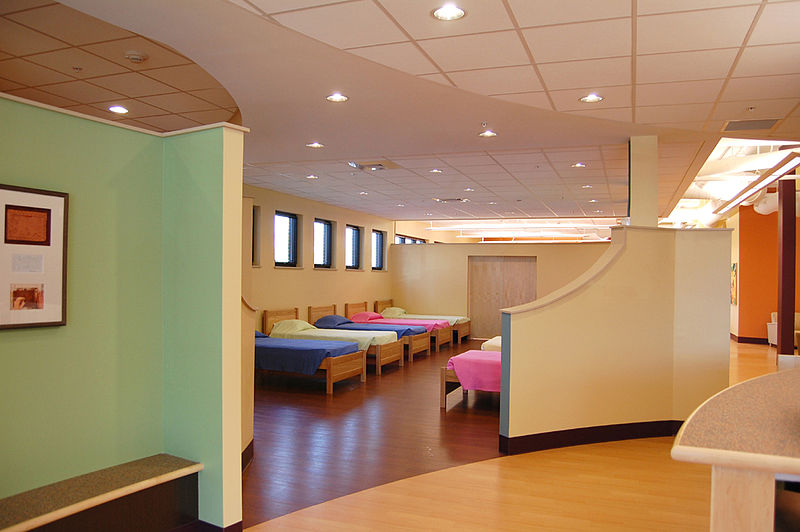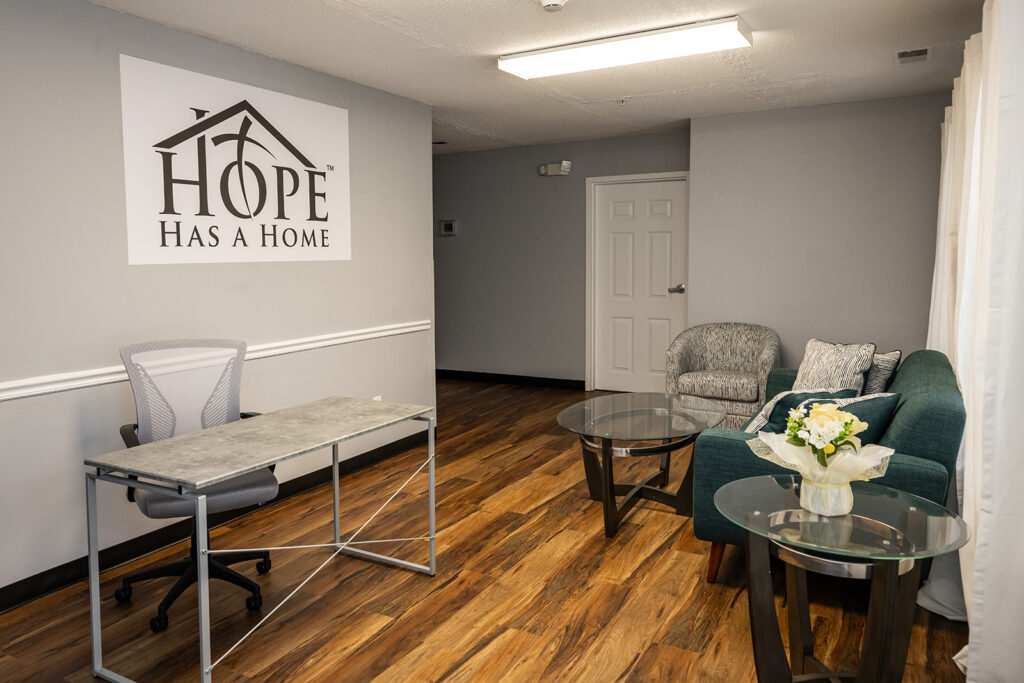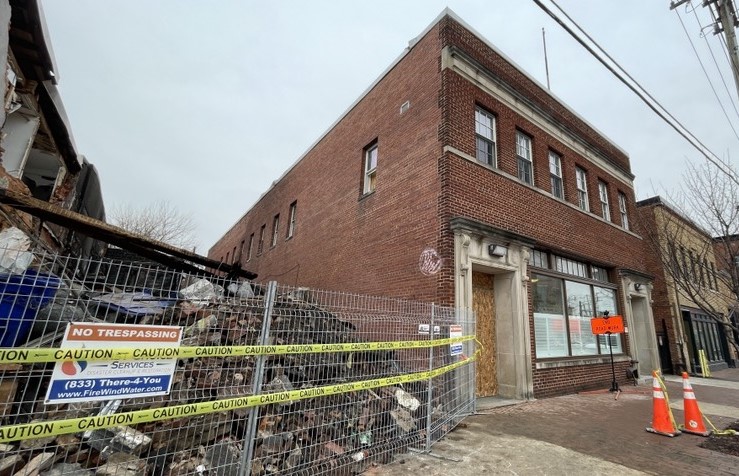Families staying at the Community for Creative Non-Violence shelter were abruptly asked to leave the shelter by Feb.1. But after strong protest from the more than a dozen mothers staying there, the city temporarily halted the plan.
Neil Albert, D. C. deputy mayor for children, youth, families, and elders, officially took the proposal off the table on Feb.10 when he met with residents of CCNV, noting that he would not force the families out of the shelter within 72 hours. Although the families were given little notice of the order. Albert first issued the directive that the families leave CCNV in July 2004. The abbreviated notice for the move was inconvenient for many reasons, perhaps most importantly due to the cold weather and the interruption of children’s schooling.
Initially, the plan was for the families to be relocated to a converted apartment in Southeast, consisting of five three-room unit with bathrooms and a single communal kitchen. However, according to D.C. law, families at any federally-funded shelter must have their own bedrooms – separate rooms for parents and children – as well as their own kitchen.
The contractor in this situation did not have ill intentions; he simply was unaware of the law, noted Nina Wu, academic case manager at Project Northstar, a tutoring program with seven tutoring sites throughout the city, including one at CCNV.
“No family should be living at CCNV. It’s right what the city is doing, but they’re going about it the wrong way,” said Wu. If and when the families at CCNV are relocated, Project Northstar is an example of one program that will likely end at that location. The tutoring program serves primarily homeless children, as well as kids in transition, and children in housing projects.
Although the building is owned by the city, CCNV shelter, situated at 21nd and D streets NW, has been effectively operating under its own rules for over 20 y ears.
The shelter was intended for use by single men and women, but it is a large facility, taking up nearly one city block and having the capacity to house 1,350 people; eventually due to a great need, CCNV began accepting families a few years ago. When the shelter’s lease came up in January, the city decided to step in and revert back to the concept of a single-person shelter.
When the idea of moving families out of CCNV first came up, speculation circulated that they would be moved to D. C. Village Family Emergency, the largest family shelter in the District. While that option is probably still on the table, the families remain at CCNV, at least for the time being.
Wu noted that case workers will go into the shelter and discuss housing options, and that most likely the families will not be relocated for at least another two months.
Of course, the best plan would be to relocate them to permanent housing but staying at CCNV for the time being is at least a start,” Wu Said.







